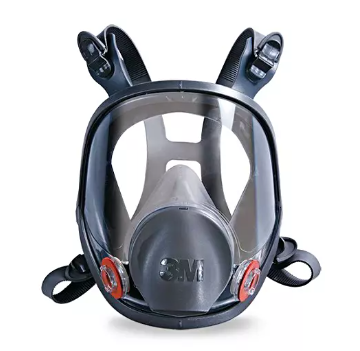Weather is an essential factor in agriculture. Farmers rely on seasonal changes to grow crops and raise livestock. However, climate change is causing significant changes to weather patterns, leading to unpredictable and extreme weather events. This blog post will explore the impact of weather and climate change on farming and the importance of using safety gear to protect farmers from extreme weather conditions.
Weather is a significant factor in agriculture. Farmers depend on the weather to grow crops and raise livestock. Changes in weather patterns can significantly impact agricultural practices, causing crop failures, reduced yields, and economic losses. Here are some of the impacts of weather and climate change on farming:
-
Droughts: Droughts are prolonged periods of low precipitation that can cause severe water shortages. Droughts can cause crop failures, loss of livestock, and economic losses for farmers.
-
Floods: Floods are caused by excessive rainfall or snowmelt, leading to the overflowing of rivers, streams, and other bodies of water. Floods can cause damage to crops, loss of livestock, and damage to infrastructure, leading to economic losses for farmers.
-
Extreme temperatures: Extreme temperatures, such as heatwaves and cold snaps, can cause damage to crops and livestock. Heatwaves can cause crops to dry out, reducing yields and quality. Cold snaps can damage crops and livestock, leading to economic losses for farmers.
-
Storms: Storms, including hurricanes, tornadoes, and hailstorms, can cause significant damage to crops and livestock. High winds can damage crops, and hailstorms can damage crops and livestock.
-
Pest outbreaks: Changes in weather patterns can lead to pest outbreaks, causing significant damage to crops and livestock.
Farmers face numerous hazards when working in extreme weather conditions. It is essential to use safety gear to protect farmers from the harmful effects of extreme weather. Here are some safety gear options that can be used by farmers:
-
Protective clothing: Protective clothing, such as raincoats and boots, can protect farmers from extreme weather conditions such as rain, snow, and wind. The clothing should be made of durable, water-resistant material that can withstand the elements.
-
Sunscreen: Farmers working in extreme heat conditions should use sunscreen to protect their skin from sunburn and other harmful effects of prolonged sun exposure.
-
Hats: Hats can provide shade and protect the head and face from sun exposure. They can also protect against falling debris during storms.
-
Gloves: Gloves can protect farmers' hands from cold, wet conditions and prevent blisters and other injuries.
-
Safety glasses: Safety glasses can protect farmers' eyes from harmful UV rays, dust, and debris.
Weather and climate change are significant factors that impact agriculture. Extreme weather conditions can cause significant damage to crops, livestock, and infrastructure, leading to economic losses for farmers. It is essential to use safety gear to protect farmers from the harmful effects of extreme weather. Protective clothing, sunscreen, hats, gloves, and safety glasses can help protect farmers from the elements and prevent injuries. Farmers should also stay informed about weather patterns and take necessary precautions to protect their livelihoods.
 (508) 492-8975
(508) 492-8975








